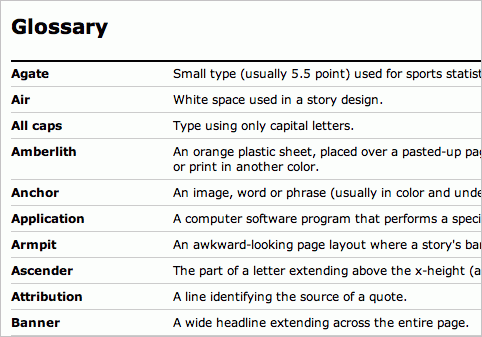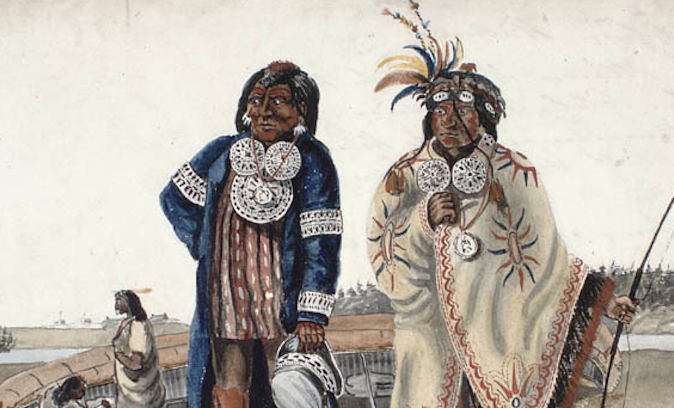Indigenous peoples of America
Learning Objectives
-
- To undertake the study of a significant society world history via an extended study of the Native American populations.
- To see Native American History as a pre-cursor and comparison to the diverse population of the USA.
Introduction
The Indigenous peoples of the Americas are the inhabitants of the Americas before the arrival of the European settlers in the 15th century, and the ethnic groups who now identify themselves with those peoples.
Many Indigenous peoples of the Americas were traditionally hunter-gatherers and many, especially in the Amazon basin, still are, but many groups practiced aquaculture and agriculture.
The Indigenous peoples created monumental architecture, large-scale organized cities, city-states, chiefdoms, states, kingdoms, republics, confederacies, and empires.
Some had varying degrees of knowledge of engineering, architecture, mathematics, astronomy, writing, physics, medicine, planting and irrigation, geology, mining, metallurgy, sculpture, and gold smithing.
Naming
The various Nations, tribes, and bands of Indigenous peoples of the Americas have differing preferences in terminology for themselves.
American Indian and Native American are often used interchangeably in the United States; however, Native Peoples often have individual preferences on how they would like to be addressed.
In Canada the term First Nations is usually used.
Most Indigenous peoples prefer to be identified by the name of their specific Nation, tribe, or band.
Chapter One – Glossary
Create a glossary of all the important words and terms you use while creating your project. Add to it as you learn new ones
It should contain a basic list of geography words to start with. Use the word toolbox on this page for a few examples of words to add.
For each term:
- write a concise but clear definition.
- provide an image (drawing / photograph / model (photographed) / symbol) where possible, if you think it helps to explain the term.
As you work through your project you should add names of tribes, people, places, tools etc… to your glossary.
Example of a glossary:

Chapter Two – Tribe Locations
Social structure played an important role in traditional Native American societies. Although there were not written rules or complex governments, there was a defined structure and social norms that people were expected to conform to if they wanted to be a part of society.
Tribes and Clans
At the highest level were the tribes or nations. These were large groups of people that had culture, geography, and language in common.
Within each tribe were smaller groups called clans. The members of a clan generally shared a common ancestor and were considered related to one another. Each clan had its own symbol or spirit that gave the clan its name. Many of the clan names were animals, but not all of them. Example clan names include Bear, Deer, Hawk, Snow, and Water.
For this part of your project you will create a map or diagram showing the locations of the various Native American tribes in the United States of America.
This map shows all the major tribes:
Create a map that shows the location of the tribes on the following list (you can add others if you wish):
| Cherokee |
| Navajo |
| Choctaw |
| Sioux |
| Chippewa |
| Apache |
| Blackfeet |
| Iroquois |
| Pueblo |
(You will notice that the Blackfeet / Blackfoot are missing. This map will help you to add them to the map that you create.
Here are some maps of the USA if you wish to use them.
Chapter Three – Resources / Reference List
Create a list of resources you have used and update it as you go along.
So far you have used this page and the following external sites:
It could have the following headings:
- name of resource
- type of resource
- last updated
- address / author / publisher
- information used
Chapter Four – Anishinaabe
The Anishinaabeg are a group of culturally related Indigenous peoples present in the Great Lakes region of Canada and the United States.
They include the Ojibwe (including Saulteaux and Oji-Cree), Odawa, Potawatomi, Mississaugas, Nipissing and Algonquin peoples.
The Anishinaabe speak Anishinaabemowin, or Anishinaabe languages that belong to the Algonquian language family.
The word Anishinaabe translates to “people from whence lowered”. Another definition refers to “the good humans”, meaning those who are on the right road or path given to them by the Creator Gitche Manitou, or Great Spirit.
The word Anishinaabe is often mistakenly considered a synonym of Ojibwe. However, Anishinaabe refers to a much larger group of tribes.
You are going to create fast facts for the Anishinaabe people.
Show the following information (you can used any means to present this information – visual or oral presentation, images, video, models, essays etc… or a combination of ways):
- Region
- Names / words and relevances / translation.
- Homes
- Settlements
- Customs
- Beliefs
- Any important dates / events
- Images wherever relevant.
Chapter Five – How did Native Americans adapt their homes to their wide range of environments?
These part of the project is an opportunity to show information in a way of your own choosing. Simply answer the question using examples and imagery. You could pick a particular
You will a good starting point on this page.
Chapter Six – What was the Trail of Tears and what caused it to occur?
Again, present this information in any format that you wish.
Here is a good starting point.
Chapter Seven – Rising Tensions
Today, many Native Americans live on reservations, up to 30%. How did this come to be and what is the connection with the Battle of Little Bighorn?
Here is a good starting point.
Chapter Eight – Tribal Sovereignty
What is Tribal Sovereignty?
Why is it important?
Why is it needed?
How did it come about?
Start here.
Chapter Nine – Finishing Up!
You will need a cover page and contents for your project.
Make sure your glossary and resource list is complete and add them to your project.
Take photos of any parts of the project you can’t add into your folder or reference them in another way.
Check the rubric to ensure you have covered as much as you can.
Deliverables.
- glossary
- map
- reference
- Anishinaabe fact file
- Adaptation
- contents
- cover
- Trail of Tears
- Rising Tensions
Rubric.
Quiz.
Ashinaabe Quiz
What did you learn about the Ashinaabeg in your personal project? This test will determine how carefully you studied and researched.


